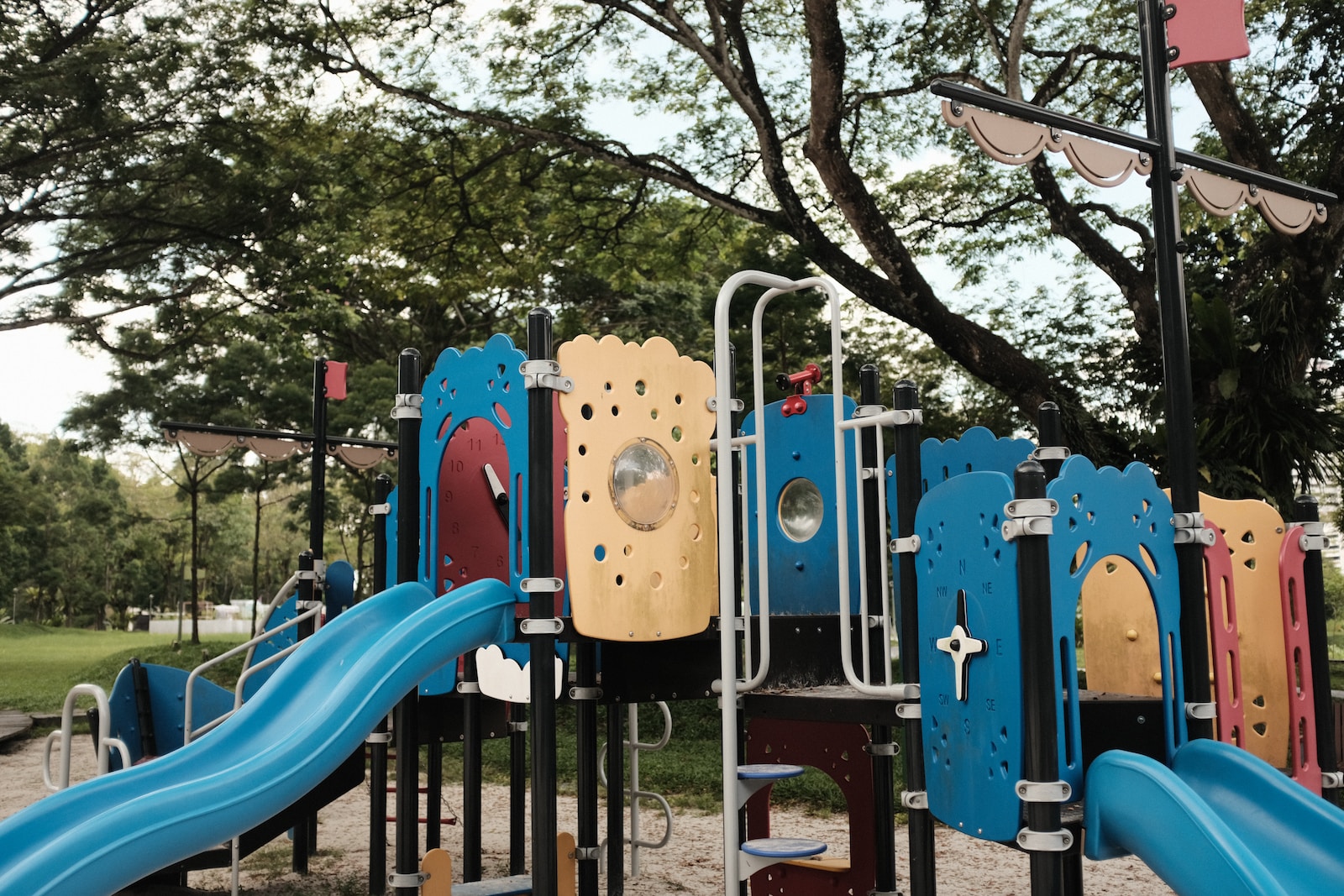Abstract
During early childhood, the preschool years serve as a formative time for the development of movement skills and healthy, active behaviors. Currently, one fifth of children in this population are overweight or obese and only half of the children participate in sufficient activity to meet recommendations. Physical activity guidelines for preschool children include both structured and unstructured activities of various intensities, limitations on sedentary behaviors, fundamental motor skill competence, and the inclusion of caregivers to facilitate activity. The majority of US children are enrolled in preschool programs, so this environment has the potential to significantly influence young children’s activity levels. Factors that have been associated with physical activity levels within the preschool setting include the influence of caregivers, the preschool environment, outdoor play, and motor skill development and competence. This review evaluated 16 publications in order to examine whether these factors had a significant impact on physical activity in the preschool setting. The findings from this review suggest the use of a multicomponent model, including the factors evaluated, may be the optimal strategy to increase activity levels in preschool children. Policy related to these factors should be created and implemented in order to facilitate optimal physical activity environments for preschool children.
Journal: American Journal of Lifestyle Medicine
Year: 2020
